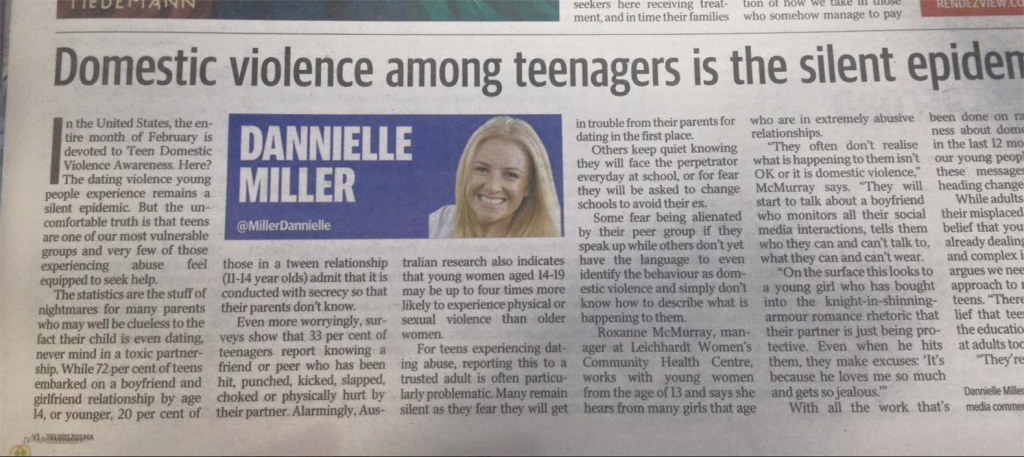In the 4th century BC even the usually open-minded Plato clutched his proverbial pearls in despair: “What is happening to our young people?
“They disrespect their elders, they disobey their parents. They ignore the law. They riot in the streets inflamed with wild notions. Their morals are decaying. What is to become of them?”
Today, thanks to the online world, our lamentations and judgments provide a running commentary not only to, but on the lives of many young people.
And yet what strikes me is that apart from being unhelpful (has there ever been a young person who has behaved more positively as a result of being shamed?) the discourse about teens often bears little resemblance to what the young people I meet are actually like.
I’m a teen educator who has worked with adolescents for the past 25 years. And I’m mother to two teens. Far from being obsessed with selfies, sexting and sponging off their parents, this may well be our hardest-working and most civic-minded generation ever.
If we look beyond the media-fuelled stereotypes, shibboleths and anecdotes, what does the actual data show?
School retention and the progression on to higher education courses continues to increase (eight out of 10 young people aged 15 to 19 are enrolled in education and training).
Despite these academic pressures, young people also do almost twice the volunteer work that adults do.

They are having less unprotected sex, taking fewer drugs and smoking less than their parents did, and many are far more aware of the risks of alcohol consumption.
And while the one per cent who make headlines (and sell parenting guides drumming up fear of a generation desperately in need of a firmer hand) the 99 per cent who are doing their best in a culture that often doesn’t seem to like them very much are often largely ignored.
The latter is the group who have to get up early every day even when they feel exhausted (biology dictates that many teens do feel more sleepy early in the day, more active late at night). Drag themselves off to school to sit through classes which may or may not interest them, with people that they may or may not like. They then come home not to switch off for the day, but rather to ramp up again and do homework or prepare for the next round of state-mandated testing.
All while dealing with pimples, pubes, images of beauty and masculinity that don’t look anything like them, and coping with crushes.

We seem to suffer from a collective amnesia about what we were like ourselves at this age. Case in point?
The successful, dedicated dad who attended one of my parenting seminars recently and tearfully asked me how he could bond with his daughter who he was worried was becoming withdrawn and snarly.
Before offering strategies to help offer him some perspective, I first asked what he was like as a teen. “Oh I was a real piece of shit,” he laughingly replied.
There are numerous very real issues teens (and many adults) struggle with that we do need to address: body image angst, dealing with stress and anxiety, navigating technology safely, developing and maintaining respectful relationships, just to name a few.
But while stereotypes might be easy to relate to, they are rarely helpful.
And the way forward lies in reminding ourselves that even the one per cent who do act out deserve our compassion too.
A school I worked in recently had a sign in the staffroom that struck me as a timely reminder to us all: “The kids who need the most love will ask for it in the most unloving of ways.”
This post was originally published by The Daily Telegraph, 23/9/17.




